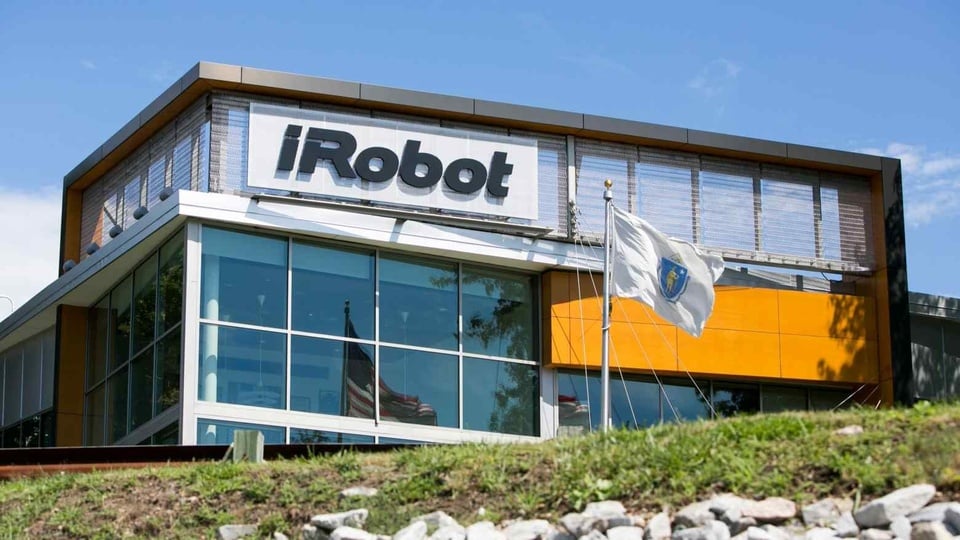 |
From 80% market share, iRobot was driven to bankruptcy by Chinese companies. Photo: iRobot . |
At the IFA Berlin consumer electronics show in September, Chinese brands almost completely dominated the robot vacuum cleaner industry when they launched a series of innovative products.
Roborock introduced a new product equipped with a detachable arm. Dreame launched a 4-legged stair-climbing robot system. Meanwhile, Ecovacs introduced a completely new navigation technology.
The industry’s market share, which was almost monopolized by a single American company, is now evenly distributed among Chinese brands. This quietly suggests a shift in the global market landscape.
The follower moves
According to the latest market report released by IDC, the number of robot vacuum cleaners shipped globally reached 11.2 million units in the first half of 2025, up 16.5% year-on-year. Chinese companies accounted for 4 of the top 5 market share leaders. Roborock ranked first with 20.7%, Ecovacs, Dreame and Xiaomi reached 13.9%, 12.3%, and 10.1% respectively.
iRobot, the long-standing American tech unicorn, ranked only 5th with 7.9%. Fifteen years ago, the company held more than 80% of the global market share, almost monopolizing the industry. But now, that number has gradually shifted to Chinese brands with a total of 57%.
Recently, Amazon’s deal to buy the brand collapsed, leaving iRobot on the brink of either a short-term shutdown or bankruptcy if it cannot find a financial rescue.
China’s robot vacuum cleaner industry has now emerged as a world- leading center of technological innovation. Previously, engineers here had to learn and imitate technology from abroad.
iRobot once led with 80% global market share. Photo: Bloomberg. |
In fact, iRobot, with the launch of the Roomba vacuum cleaner in 2002, was the pioneer of this industry and peaked in 2012. The decline started with choosing a different technology direction.
iRobot stuck to its vision-based navigation technology and single-purpose product strategy, arguing that vacuuming and mopping should be separated because “it’s hard to do both well in the same device.” This idea seemed reasonable at the time, but it missed the shift in market demand.
Meanwhile, Chinese companies have solved the technical problem and launched products with superior performance and better user experience. Roborock has focused on LiDAR technology since its founding in 2014, while Ecovacs and Dreame have pioneered products that integrate both vacuuming and mopping.
iRobot itself is also the lifeblood of its competitors. In the early stages, they hired the parent company of Ecovacs or Roborock to manufacture on order.
Success from many factors
According to Rongzhong Finance , the most prominent factor for the success of Chinese companies lies in the supply chain. Shenzhen alone has 70,000 robot-related enterprises, with the total production value of the entire industrial chain exceeding 200 billion yuan.
From core components such as motors, batteries, sensors to complete equipment assembly and testing, suppliers and service units can be found within a radius of 100 km. This industrial cluster significantly reduces R&D and production costs, and shortens the time from idea to mass production to just a few months.
Meanwhile, these companies are also at the forefront of technological innovation, demonstrating their superior ability to grasp user needs. The combination of LiDAR technology and algorithms has completely solved the problem of “blind collision” in the first generation of robots.
Roborock launches a vacuum cleaner with an arm to move objects. Photo: CNBC. |
Some robot models are only 7.98 cm thick, allowing them to get under beds, sofas and other low spaces, directly addressing actual needs. Meanwhile, the chassis lifting technology helps the robot overcome doors and floor thresholds without getting stuck compared to older models.
Their product strategy is also highly integrated. While iRobot is still hesitant about vacuuming and mopping, Chinese companies have launched a series of features such as automatic mop washing, dust dumping and voice control.
In addition, to meet the needs of lawn mowing in European and American households, Chinese brands have developed lawn mowing robots, with product exports increasing by 45% in 2024 and accounting for 32% of the market share in Europe. In the field of household pool cleaning, Shenzhen Yuanding Intelligent's Aiper brand has topped the wireless robot category on Amazon for three consecutive years.
However, rapid development also brings new challenges. Fierce competition has caused marketing costs to skyrocket, with Roborock's sales expenses alone rising 144% to 2.16 billion yuan in the first half of 2025, resulting in inconsistent revenue and profit growth.
Source: https://znews.vn/cach-doi-thu-trung-quoc-ha-be-hang-robot-hut-bui-so-1-the-gioi-post1598102.html


![[Photo] Flooding on the right side of the gate, entrance to Hue Citadel](https://vphoto.vietnam.vn/thumb/1200x675/vietnam/resource/IMAGE/2025/10/28/1761660788143_ndo_br_gen-h-z7165069467254-74c71c36d0cb396744b678cec80552f0-2-jpg.webp)


![[Photo] Hue: Inside the kitchen that donates thousands of meals a day to people in flooded areas](https://vphoto.vietnam.vn/thumb/1200x675/vietnam/resource/IMAGE/2025/10/29/1761738508516_bepcomhue-jpg.webp)

![[Photo] Prime Minister Pham Minh Chinh chaired a meeting to discuss solutions to overcome the consequences of floods in the central provinces.](https://vphoto.vietnam.vn/thumb/1200x675/vietnam/resource/IMAGE/2025/10/29/1761716305524_dsc-7735-jpg.webp)






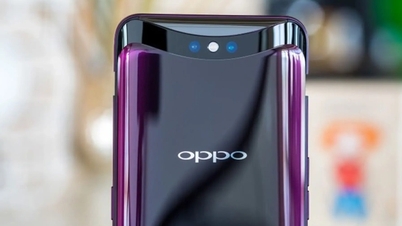




















































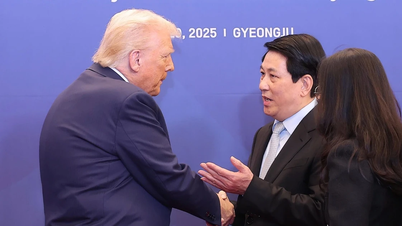

![[Video] 24-hour news on October 29, 2025: Prime Minister Pham Minh Chinh: No one in the Central region will be left hungry or cold due to floods](https://vphoto.vietnam.vn/thumb/402x226/vietnam/resource/IMAGE/2025/10/29/1761743011202_z7168421557697-8aba01bb34381f15c3b1423843c0e51f-jpg.webp)
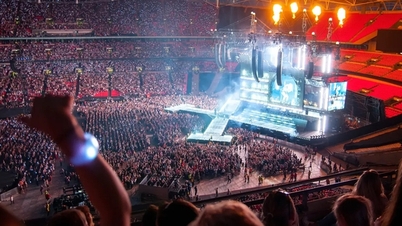

![[Live] Concert Ha Long 2025: "Heritage Spirit - Brightening the Future"](https://vphoto.vietnam.vn/thumb/402x226/vietnam/resource/IMAGE/2025/10/29/1761743605124_g-anh-sang-am-thanh-hoanh-trang-cua-chuong-trinh-mang-den-trai-nghiem-dang-nho-cho-du-khach-22450328-17617424836781829598445-93-0-733-1024-crop-1761742492749383512980.jpeg)

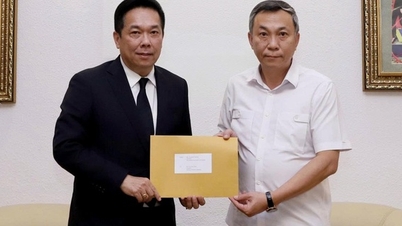


























Comment (0)